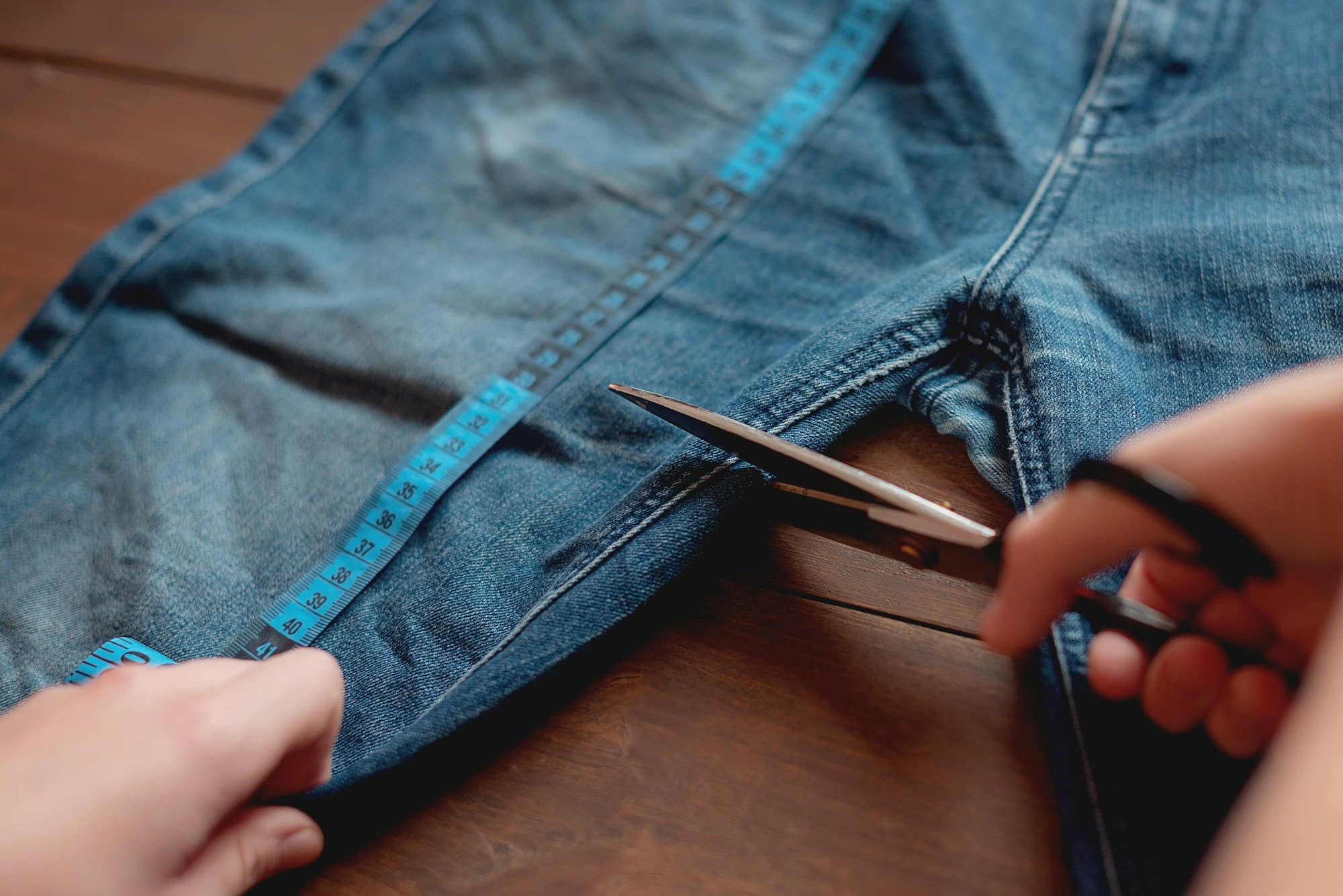How to Design a Safe and Exciting Home Playground with Upcycled Materials?

Designing a safe and exciting home playground is a rewarding project that not only boosts your children’s physical activity but also encourages creativity and independence. With the right mix of upcycled materials, you can create an engaging space that kids will love while being kind to your wallet and the environment. This article provides a comprehensive guide on how to create a playground in your backyard using natural, DIY materials, with a focus on safety and child-centered design.
Choosing the Right Space for your DIY Playground
Before you start the actual construction of your playground, the first step is to choose the right space. This area should be sufficiently spacious to accommodate a variety of equipment, provide kids with room to run and encourage free play.
In the same genre : What Are the Best Space-Saving Appliances for a Studio Apartment Kitchen?
Consider the proximity to your house. It’s essential to choose a location where you can easily monitor the children as they play. Look also for a spot that’s shaded to protect kids from harsh sun rays, especially during the summer months.
Ground texture is another crucial factor to consider. You’ll want to avoid hard surfaces that could cause injuries if a child falls. Instead, opt for soft materials like sand, pea gravel, or rubber mulch. You can make these more appealing and natural by using upcycled materials like shredded rubber tires or recycled wood chips.
Also to see : What Are the Best Plants for Creating a Privacy Screen on an Urban Balcony?
Gathering and Upcycling Materials for your Playground
Once you have identified the perfect space, the next step is to source for materials. Promote sustainability by upcycling materials you already have at home, or those that are easily obtainable.
Wooden pallets, for instance, can be transformed into versatile playground equipment. Their robust and sturdy nature makes them ideal for creating climbing structures, sandboxes, or even picnic tables. Old tires can be repurposed into swings, a climbing wall, or used as the base for a see-saw. Discarded plastic bottles can be used to design a creative water play area.
Remember that the materials you choose should be safe for children. Ensure that they are free from sharp edges, protruding nails, or any toxic substances. Take time to sand wooden surfaces and seal them with child-safe paint to prevent splinters.
Designing the Playground Layout
Having procured your materials, the next step is to design the layout of your backyard playground. This process should blend your children’s preferences with safety considerations.
In the spirit of fostering creativity and ownership, involve your kids in the design process. Ask them what type of equipment they would like to play with. Their input will make the playground more exciting and personalized to their needs.
Ensure to include different types of play areas to cater to a variety of activities and developmental needs. For instance, a sandbox will stimulate sensory play while a climbing structure will enhance physical development.
However, while planning the layout, safety should be a top priority. Ensure that the equipment is spaced sufficiently to prevent collisions. Consider the age and abilities of your children and design the playground accordingly. For example, swings should be low enough for smaller kids to reach, and climbing structures should not be too high for your children’s age and skill level.
Constructing your DIY Playground
With a plan in place, you can now start constructing your DIY playground. This process can be a fun, involving all family members and creating a sense of achievement once the project is completed.
Using your design as a guide, start by setting up the larger structures. If you’re building from scratch, ensure that all structures are stable and firmly anchored. For swings and climbing structures, make sure they are sturdy enough to withstand the weight and activity of your kids.
Next, set up the smaller equipment and play areas. This includes the sandbox, water play area, chalkboard, or any other creative play spaces you’ve included in your design.
Remember, safety is crucial at every stage of construction. Always double-check your work to ensure that everything is secure, stable, and safe for your children to play on.
Regular Maintenance and Safety Checks
Creating a safe and fun playground doesn’t end with construction. Regular maintenance and safety checks are integral in keeping the area safe and enjoyable for your children.
Regular inspections should be carried out to check for any loose fittings, wear and tear, rot, or rust. Any issues discovered should be fixed immediately to prevent accidents. Also, ensure the playground is kept clean to avoid attracting pests or creating a health hazard.
In conclusion, creating a home playground is an exciting project that offers an opportunity to recycle materials, engage your kids, and create a vibrant play area right in your backyard. With these guidelines, you’re well on your way to building a playground that is not only safe and fun, but also environmentally friendly and economical.
Recycling Materials into Playground Equipment
After identifying the perfect location in your backyard and gathering upcycled materials, the next step is to transform these items into fun and functional playground equipment. This stage is where you can let your creativity shine by repurposing common household items and waste materials into unique play structures.
For instance, wooden pallets are an excellent material for building climbing structures, picnic tables, or even a small treehouse. Ensure to sand the wood thoroughly to remove any sharp edges and coat it with a child-safe sealant to prevent splinters. Old tires can be transformed into swings, a mini climbing wall, or the base for a see-saw.
You can also use empty plastic bottles to design a creative water play area. Simply clean them thoroughly, remove any labels, and drill holes in strategic places. Attach them to a wooden frame and you have a fun, interactive water station that your kids will love.
Furthermore, you can use natural materials readily available in your surrounding environment. Rocks and logs can be used to create a natural playground, enhancing the aesthetic appeal of your backyard playground. This approach can also foster a deeper appreciation of nature among your kids.
Throughout this process, always prioritize safety. Ensure that all playground equipment is free from sharp edges, protruding nails, or toxic substances. All structures should also be firmly anchored to prevent accidents.
Wrapping Up and Ongoing Maintenance
Building a DIY backyard playground is a fulfilling adventure, but the journey does not end with the construction. Once your playground is up and ready, ongoing maintenance and safety checks are crucial to keep the play area safe and enjoyable.
Regular inspections should be conducted to examine the playground equipment for any signs of wear and tear, such as loose fittings, rot, or rust. Additionally, clean the playground regularly to prevent pests and ensure a hygienic environment for your children to play.
Don’t forget to switch things up every once in a while. Introducing new elements or rearranging the existing setup can keep the playground fresh and exciting for your kids. Just remember to keep their interests and safety in mind when making any changes.
In conclusion, creating a safe and exciting home playground using upcycled materials promotes not only physical activity and creative play among your kids, but also a strong ethos of recycling and environmental conservation. With careful planning, regular maintenance, and a flair for creativity, you can transform your backyard into an exciting play space that your children will love and cherish. The satisfaction that comes from seeing your kids enjoy something you created with your own hands is priceless. Happy building!
